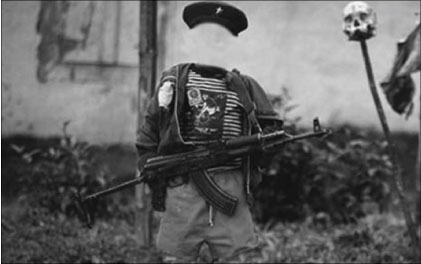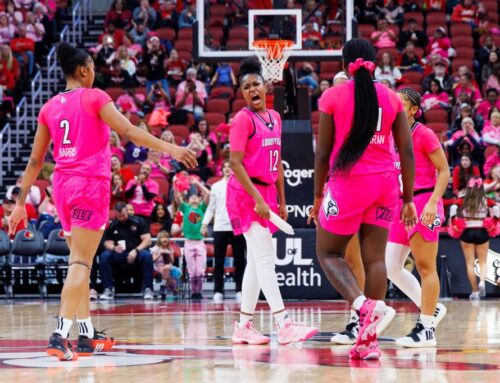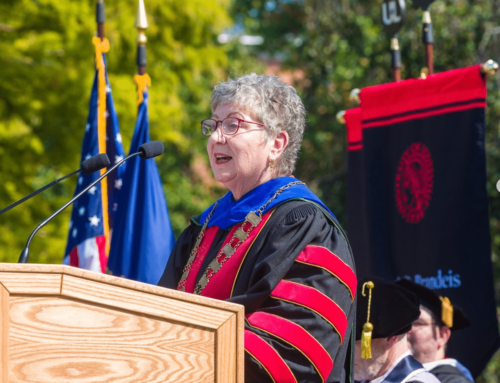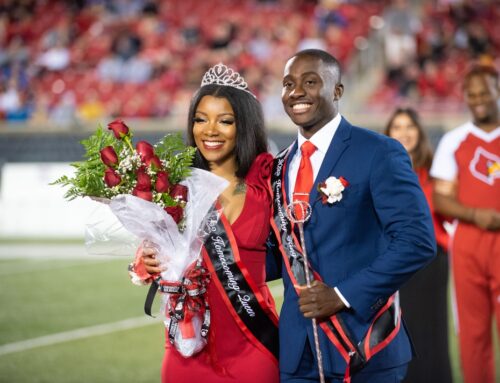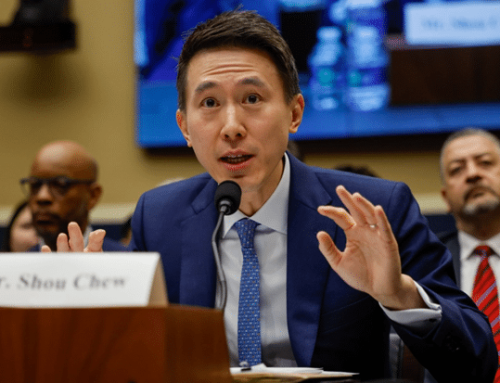In search of a story, three young men took off to Africa in 2003. They not only found a story, but also started one of the largest aid campaigns of this generation.
What they found is known as one of the most neglected humanitarian emergencies in the world today.
Jason Russell, a member of the original film crew, said in an interview with the 700 Club, “The children of northern Uganda are being killed and brutalized, and the fascinating thing to us is that no one is telling this story. This tragedy gets no international attention at all. We are going to change that.”
It began in northern Uganda over 23 years ago. In the 1980s, Alice Lakwena claimed the Holy Spirit spoke to her and ordered her to overthrow the Ugandan government, because they were unfair to the Acholi people.
However, she was exiled, and Joseph Kony took over her movement, forming the Lord’s Resistance Army, or LRA. The Acholi did not support his cause, so to make up for a lack of followers, Kony began abducting children to form his army.
Over 90 percent of his soldiers have been abducted children who were brainwashed, handed a machine gun and ordered to kill or be killed.
Many children in Uganda began leaving their homes at night, sleeping in streets and alcoves, to avoid being captured by Kony and his followers. These children live in constant fear of being kidnapped.
Since the “Invisible Children” documentary was released in 2003, night commuting has ended for the children in northern Uganda, and many of the displaced have been sent back to their homes. But the fight is nowhere near over.
Several peace agreements have been offered in the past few years, but Kony ignores them and continues abducting children and massacring villages, not only in Uganda, but also in southern Sudan and the Democratic Republic of the Congo.
On Dec. 24, 2008, the LRA murdered over 600 people in the Democratic Republic of the Congo, and abducted more than 160 children, to retaliate against government efforts to stop the war.
“The Rescue” was released in 2008, and has started a campaign of its own to force President Barack Obama to put laws into effect, so that Kony will be arrested and recovery efforts can begin in the LRA-affected communities.
Several other campaigns have also been started since the release of the documentaries. TRI was formed, a group to bring the 3,000 child soldiers home that Kony still has under his control. At least 3,000 individuals must make a pledge of $3 a week to the cause for this to happen.
Schools for Schools has collected over $46,000 to rebuild schools in Uganda and has donated over 100 books. Almost 1,500 schools around the country have joined the effort.
Anyone can sponsor a child in Uganda, give a one-time donation, order apparel and accessories online to raise awareness and money, or start a club at their school to help the effort. There are also teacher-exchange programs and scholarship funds for students in Uganda.
Many students at the University of Louisville showed up to view “The Rescue” in the Floyd Theatre in September.
“I would like to find out more about how I can help,” said Sumter Pittenger, a junior engineering major. “A club at U of L is something I am definitely interested in.”
Visit www.invisiblechildren.com to find out more history, statistics and ways to help end these wars in Africa.

